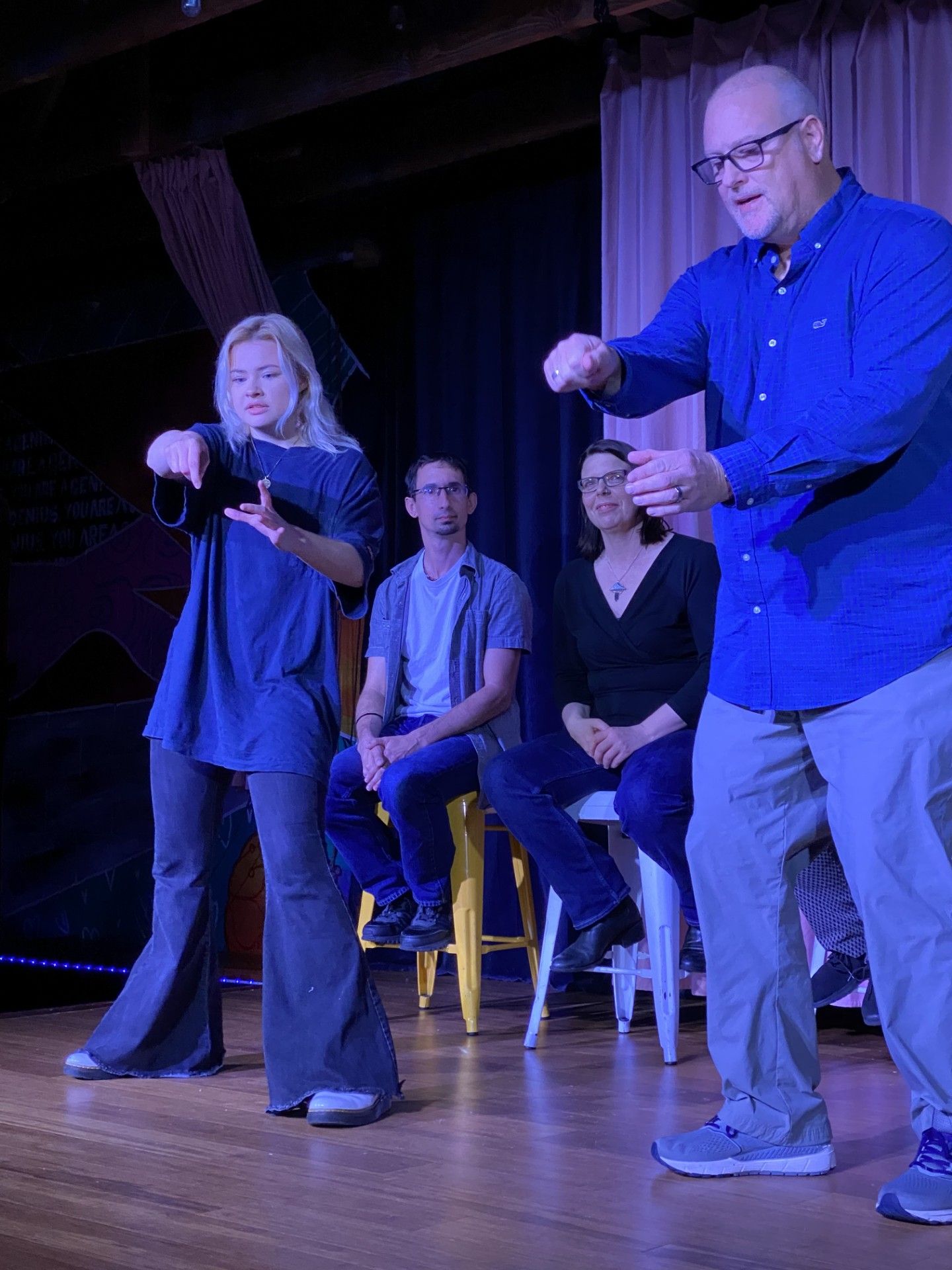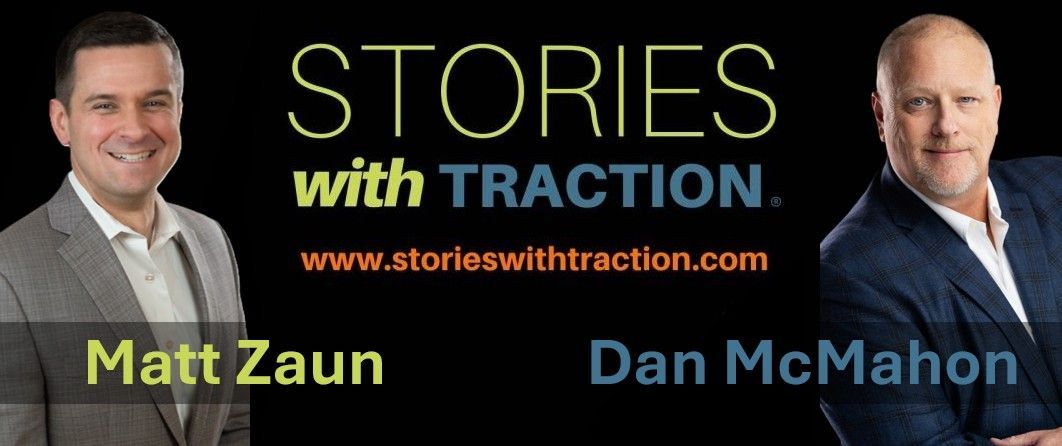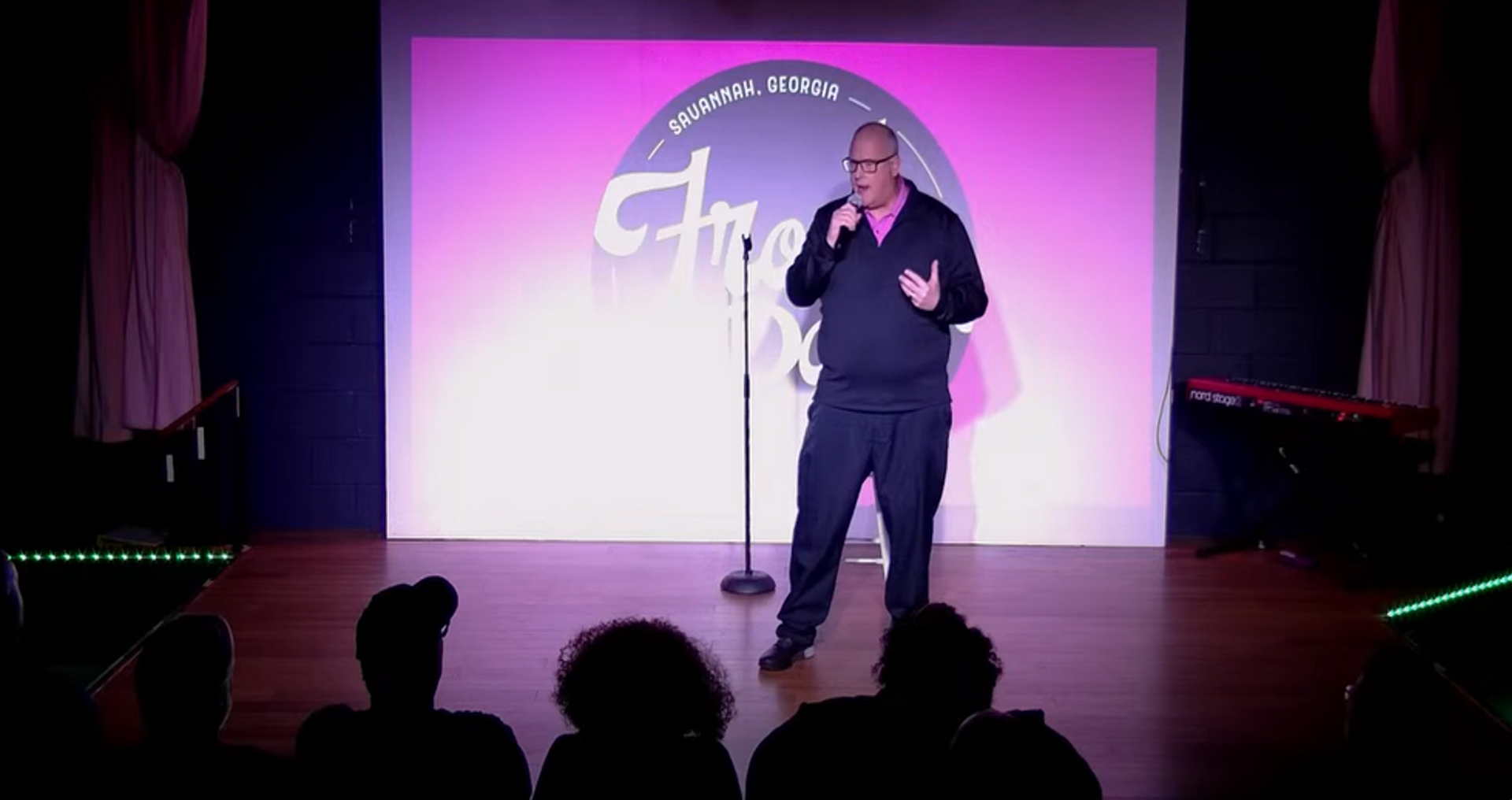The Power of ‘Yes, And’... Listening, Agility, and Leadership in the Moment

As regular readers of this blog know, I’ve immersed myself in improv training for several years. Originally, I turned to improv to improve my public speaking and presentation skills. As an accounting firm partner who served in a leadership role, I used to get quite nervous when presenting to client boards, at firmwide meetings, or even to the firm’s management committee.
That discomfort carried over early on to my current role as a management consultant where I must do more than my fair share of public speaking.
Thanks to improv, I no longer feel anxious when at the podium for work or on-stage doing improv or something even scarier -- standup comedy. While I got involved with improv to overcome my fear of public speaking, it also made me a better listener and a more collaborative team player.
Improv (aka improvisational theater) is a form of live performance in which actors create the characters, dialogue, and plot on the fly without a script. While it is often comedic, improv can also be used for dramatic or abstract performances.
A pillar of improvisational theater is the concept of "Yes, and ...". That means an improviser should accept what another improviser has stated ("yes") and then expand on that line of thinking (by adding an "and"). The “Yes, and” principle can also used in business and in other fields for improving the effectiveness of the brainstorming process, for fostering effective communication, for encouraging the free sharing of ideas, and for driving collaboration among teams.
When I’m in a boardroom speaking to a client, I must think on my feet. I must also learn to read the room, connect with the audience, listen intently, and craft appropriate responses to what’s being said. When doing improv, the audience shouts out a topic or an idea, and the performers must act out their own interpretation of the concept and set the table collaboratively so their fellow performers can build on what they’ve said.
Learning how to handle spontaneous interruptions, whether on stage or in the boardroom, is an incredibly powerful skill to have in your arsenal.
On stage, you never know what the audience will call out to you. You must stay in your element and listen carefully before responding. If you’re a CPA advising clients, there could be any number of curveballs thrown at you when you're in front of the management team reviewing financials, presenting a proposal, or delivering the findings of a report.
Everybody has a unique perspective on what you’re delivering and you must be ready to digest that information – without taking it personally -- and respond in an intelligent, confident, and respectful manner.
As accountants, we’re risk averse by nature. We try to eliminate as many unknowns and variables as possible.
When preparing for a presentation, we spend countless hours trying to anticipate every question or criticism that’s likely to come our way.
I get it. Nobody likes to feel foolish or unprepared. But improv trains you to do the opposite: Don’t come in over-prepared. Just get better at being able to think on your feet and building off what the audience is throwing at you.
Improv is not only a great skill to have for presentations and meetings, but also for job interviews, sales calls, networking events, podcast appearances, and even dating. Think about how much confidence you’ll have when you know you can go into any kind of unfamiliar situation – unprepared – and handle whatever comes your way without stammering, getting flustered or breaking out in a sweat.
Real world example
A few years ago, I was scheduled to present to a prominent CPA society. In my hotel room the night before the meeting, I sat down to review my slides one final time and suddenly realized the presentation was completely wrong for the intended audience. “I don't want to say this,” I told myself with dismay having worked incredibly hard on the presentation. “I don't think these people wants to hear this,” I told myself, as I felt that time was slipping away.
So, I redid my entire slide deck between 4pm and 10pm the night before the meeting and showed up the next day without rehearsing the new deck. My improv training kicked in and I just rolled with it. In fact, I was more relaxed than usual. I wasn’t trying to remember my lines; I was just in the moment, reacting to what the audience was asking me and reading their body language. Long story short, the presentation went very well and I ended up with two new clients and several connections.
Improv for strategic planning and leadership
When helping clients with their strategic planning we always start with a blank whiteboard and blank sheets of paper. You never know what's going to come up when you're standing in front of a management team. There’s usually some hesitation from the participants. Then somebody says something, another person echoes that sentiment and you've got to think on your feet, categorize the information and communicate with the group. You also need to respect each person’s unique input—whether it’s on point or not -- and navigate the discussion knowing that nobody is perfect. Improv helps with that.
Leaders and teams increasingly face situations without clear precedents. Improv helps train you to be in the moment, making decisions without a script, shifting gears quickly and innovating on the spot, since you must build only on the materials put in front of you. The key is to avoid being a “yes, but’er,” which essentially is a conversation breaker. Alternatively, say “Yes, And” – with the intent of being additive rather than dismissive or cynical.
Getting Started with Improv
Improv can be extremely effective for collaboration and teamwork. Try it at your next offsite meeting. I recommend starting with a trained facilitator or take your team to a local improv theater and have an instructor guide you. You can also encourage team members to take improv classes individually. After some initial reluctance, your team won’t ever look at each other the same way again – they’ll have a much deeper understanding of each other that’s very different from where they sit on the org chart.
Conclusion
If you need help finding an improv trainer or class, or just want to learn more about the process,
contact me any time. I’m happy to help.











